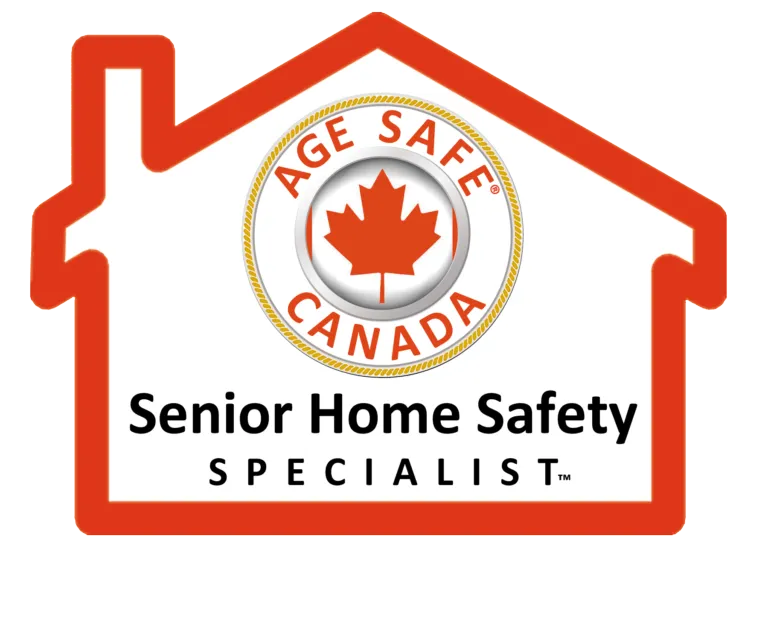As people age, maintaining independence becomes a priority for many. For seniors, remaining in the comfort of their own homes can significantly enhance their quality of life. However, as physical abilities change with age, certain aspects of a home may become less accessible. Local home modifications play a vital role in enabling seniors to live independently for as long as possible, offering them the freedom to remain in their familiar environment while addressing their unique needs.
Home modifications are not just about adding safety features; they involve creating a space that supports the senior’s lifestyle and physical abilities. These modifications can range from simple adjustments to significant changes, all aimed at improving accessibility, comfort, and security. In this context, the role of home modifications is critical in helping seniors maintain their autonomy and continue to thrive in their own homes.
Importance of Home Modifications for Seniors
As individuals age, they may experience a variety of changes, including reduced mobility, decreased strength, and challenges with balance or vision. These changes can make everyday tasks, like bathing, cooking, or even moving around the house, more difficult and potentially unsafe. Home modifications are designed to make these tasks easier, reduce the risk of falls, and ensure a safe and comfortable environment.
By adapting the home to the needs of seniors, these modifications provide practical solutions to challenges faced by those with limited mobility. Whether it’s installing grab bars in the bathroom, widening doorways for wheelchair access, or adding ramps to entryways, modifications allow seniors to live independently without constant reliance on others.
Key Areas for Home Modifications
Certain areas of the home are more susceptible to safety hazards and often require the most attention when it comes to modifications. Let’s look at some key areas that can be transformed to create a safer and more accessible living space for seniors:
- Bathrooms: The bathroom is one of the most dangerous places in the home for seniors. Slippery floors, low toilets, and high tubs or showers can pose significant risks. Modifying the bathroom can make it safer and more comfortable. Installing non-slip flooring, walk-in tubs, or curbless showers is an excellent way to reduce fall risks. Additionally, grab bars near the toilet and shower provide seniors with the support they need to maintain their balance.
- Stairways and Entryways: For seniors with mobility challenges, navigating stairs can become increasingly difficult. Stair lifts or ramps can be installed to eliminate the need to climb stairs, allowing for easier access to different levels of the home. Entryways can be modified with ramps to accommodate wheelchairs or walkers, ensuring that seniors can safely enter and exit their homes without assistance.
- Living Areas; Widening doorways and hallways is another common modification for seniors who rely on mobility aids such as wheelchairs or walkers. These changes provide more space to move around comfortably. Furniture can be rearranged or replaced with accessible options, such as chairs with higher seating, to make it easier to sit down and stand up. Smart home technology can also be incorporated into the living area, providing seniors with the ability to control lights, temperature, and security systems with ease.
- Kitchens: The kitchen is another area where seniors may need modifications. Lowering counters, adding pull-out shelves, and ensuring that commonly used items are within easy reach can reduce strain and prevent accidents. Installing a side-by-side refrigerator can make it easier to access items without bending over. A more open design and accessible appliances allow seniors to continue cooking and preparing meals independently.
- Lighting: Good lighting is crucial for senior safety. Poor lighting can contribute to falls and accidents, especially for seniors with impaired vision. Installing bright, well-placed lighting throughout the home, including motion-sensor lights in hallways and bathrooms, can reduce the risk of tripping. Additionally, eliminating clutter and making sure pathways are clear of obstacles will create a safer environment.
Benefits of Home Modifications
The benefits of home modifications go beyond just safety. By making these changes, seniors can enjoy a wide range of advantages that support their physical, emotional, and mental well-being. Here are a few key benefits:
- Improved Safety: The primary goal of home modifications is to reduce the risk of accidents. Slip-resistant surfaces, grab bars, and accessible bathrooms make it easier for seniors to move around their homes without fear of falling. Reducing the chance of injury enhances the overall safety of the living space, giving seniors peace of mind.
- Increased Independence: With the right modifications, seniors can take care of daily tasks without needing assistance from family members or caregivers. Being able to cook, clean, and move around the home freely fosters a sense of independence. This autonomy can positively impact their self-esteem and mental health.
- Enhanced Comfort: Home modifications are designed to fit the needs and abilities of seniors, allowing them to live more comfortably. For instance, adjustable beds, ergonomic chairs, and easier-to-use appliances can significantly enhance the comfort of daily living.
- Cost-Effective: While some home modifications may require an upfront investment, they can save money in the long run. For example, making a bathroom more accessible can prevent costly medical bills related to falls or injuries. Additionally, seniors may avoid moving to assisted living facilities if they can stay in their homes with the help of modifications.
The Process of Home Modifications
When deciding on home modifications, it’s important to involve professionals who understand the unique needs of seniors. The process typically begins with an evaluation of the home to assess which modifications are necessary. This evaluation can be done by an occupational therapist or a home modification specialist, who will provide recommendations based on the senior’s specific needs.
Once the needs are identified, the next step is planning the modifications. Some changes, such as installing grab bars or adjusting lighting, can be done relatively quickly. Others, such as adding ramps or renovating a bathroom, may require more extensive work and should be done by certified professionals to ensure they meet safety standards.
After the modifications are complete, it’s essential to regularly reassess the home to ensure that it continues to meet the needs of the seniors as their condition changes. Ongoing maintenance and adjustments may be necessary to maintain a safe and functional living environment.
Why Choose Adaptive Living?
At Adaptive Living, we are committed to enhancing the lives of seniors through thoughtful and personalized home modifications. Our team understands that each individual has unique needs, which is why we take the time to design and implement solutions that ensure independence, safety, and comfort. Whether it’s a simple adjustment or a full-scale remodel, we are dedicated to helping seniors remain in their homes while enjoying the best quality of life possible. With our expertise, you can trust that the modifications will be tailored to your needs, providing peace of mind and a greater sense of freedom. Choose Adaptive Living to ensure that your home is a place of safety, independence, and comfort for years to come.



